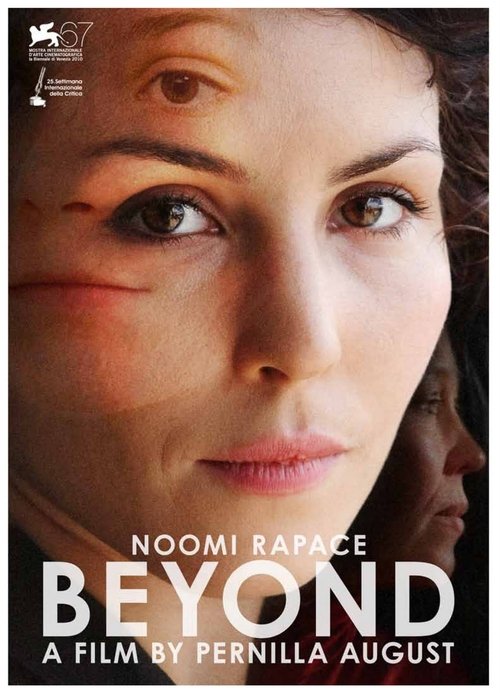

The shot created such a stir among Fulci-philes that Fulci made it a personal challenge to top. If every director were remembered for one shot, Fulci’s trademark would surely be the infamous eye-wood splintering shot in Zombie (also being screened during Fant-Asia and a not-to-be-missed). The Beyond is methodical in this regard, with the eye being the preferred wreckage site. The Italians have a wonderful knack for wringing every ounce of emotion from graphic violence by isolating particularly vulnerable body areas (ie. The story flashes ahead to present day Louisiana but the story, as par for Italian horror films, is secondary to the gore set pieces. (also, as any Italian horror film aficionado knows, the Fulci and Argento creative interchange is a two-way street.) Even with these parallels, the film is undoubtedly pure Fulci: telephoto aesthetics, consistent use of panning and zoom shots, no master shot set-up, amazing setpieces, graphic violence, etc. The painting in question, of the artist who is chained-whipped (recalling Fulci’s early classic Don’t Torture a Duckling 1972) and crucified in the prologue (filmmaker as martyr?), foreshadows the (minimally) apocalyptic landscape which the two “survivors” (Warbeck and MacColl) find themselves in at the end of the film. Another element lifted from Inferno is the use of a painting which becomes integral to the film’s thematic and metaphysical landscape. Fulci’s film maintains the supernatural element and tells the story of a hotel which is one of the seven gateways to hell. The close-up’s of the woman’s eyes and shots of the book are similar to Inferno ‘s opening, where a woman also reads in voice-over from a supernatural book, “The Three Mothers.” In Inferno the book recounts a supernatural edict of the three “houses of the Mothers,” located in Rome, New York and Freiburg.

THE BEYOND MOVIE SERIES
In the opening pre-credit prologue, set in Louisiana 1927, a series of moody sepia tone shots of torch-bearing boat men (the film opens like the conclusion of a classic Universal chiller) is intercut with close-up’s of a woman reading from an ancient supernatural book, Eibon, about the seven gateways to hell that are scattered about the earth. Interestingly, The Beyond‘s plot also borrows from Argento’s Inferno, made just one year prior. As Fulci himself stated in one of his final interviews, The Beyond owes more to Jacques Tourneur’s I Walked With a Zombie (1943) than Dawn of the Dead. However, Fulci’s film differs from his American counterparts in that his zombies are pure gothic manifestations of mythic evil and are stripped of any socio-cultural underpinnings (Romero). Much of the zombie imagery suggests Romero’s Dawn of the Dead (1979) and the plot of a house built over one of the seven gateways to hell recalls The Sentinel (1976). The Italian film industry of the 1980’s was noted for its proclivity for exploiting (read: imitating) successful American films of all genres, and on the surface, The Beyond follows suit. The film’s collective talents of Fulci, cinematographer Sergio Salvati ( The Beyond is easily one of the best looking Italian horror films of the 1980’s), make-up artist Gianetto de Rossi, and Italian horror icons David Warbeck (who, barring illness, will introduce the film) and Catriona MacColl make it perhaps the archetypical 1980’s Italian horror film. The Beyond is arguably Fulci’s latter-career masterpiece (he directed his first film in 1959). Seeing this gorgeously photographed gem in 35mm on the Imperial’s huge screen is an event no died-in-the-wool horror fan will want to miss.

The Beyond Lucio Fulci's Zombie Masterpieceīy Donato Totaro Volume 1, Issue 2 / July 1997 4 minutes (951 words)įant-Asia’s screening of Lucio Fulci’s gothic zombie masterpiece The Beyond on Sunday, July 27 at 21h50 is something to really get excited over.


 0 kommentar(er)
0 kommentar(er)
